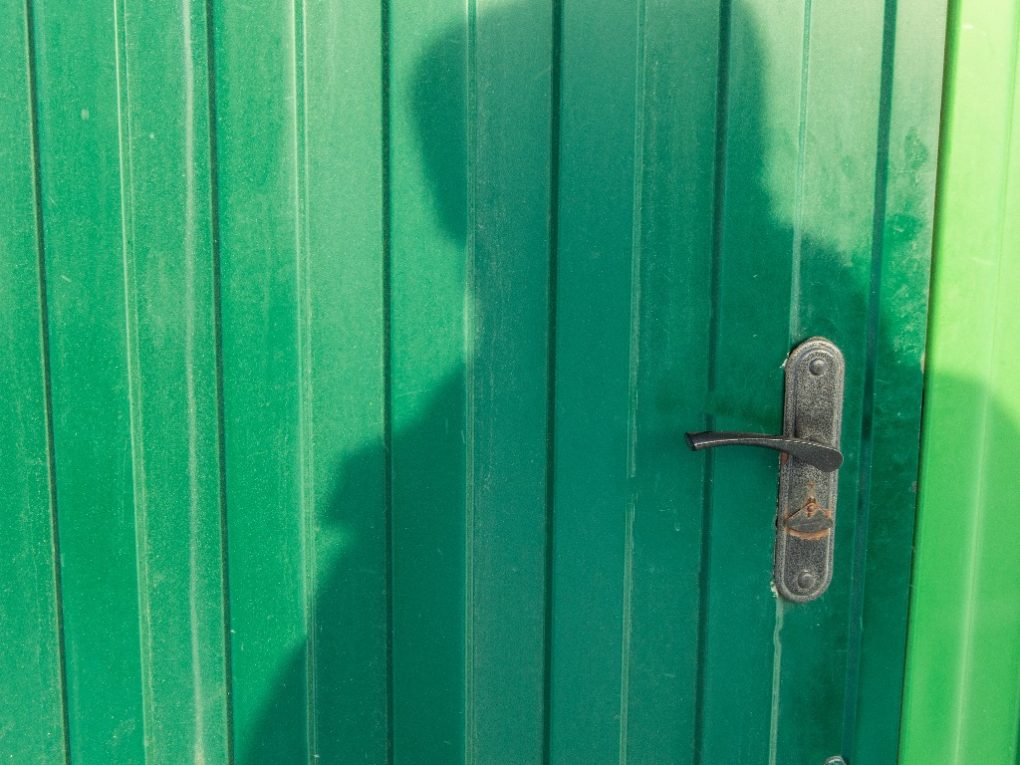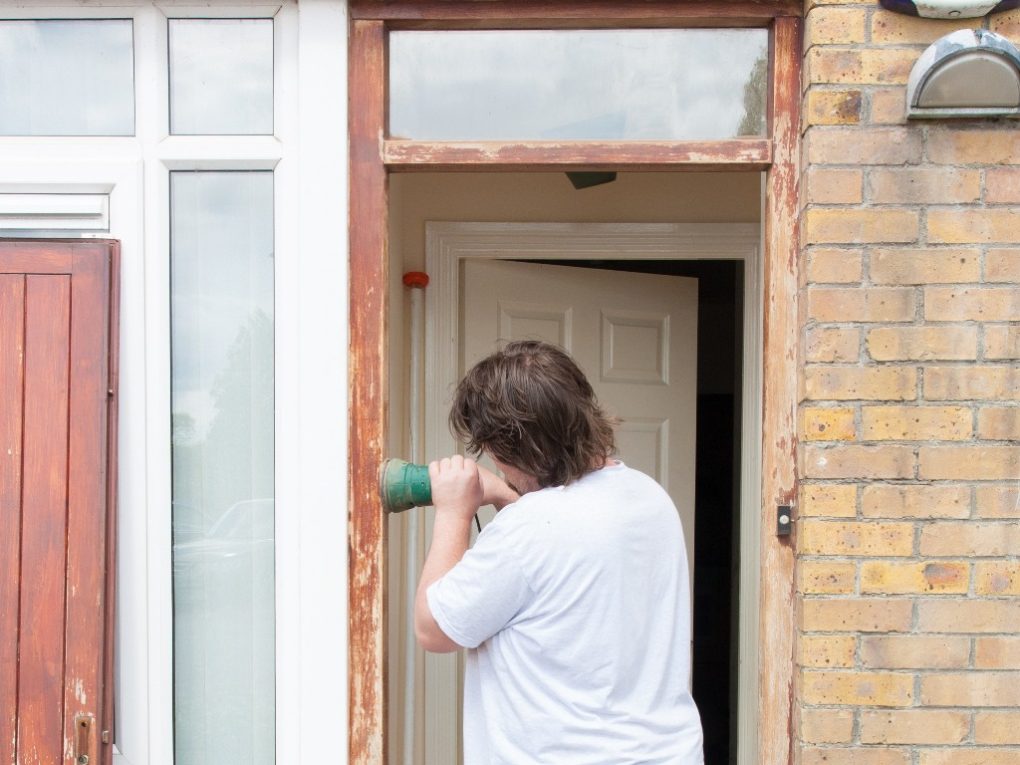For metal doors, direct-to-metal (DTM) paint is a top choice. It’s designed specifically for metal and includes rust protection. DTM paint also adheres well,ideal for outdoor metal doors. Another good option is high-quality, 100% acrylic paint. It offers a durable,fade-resistant finish.
Types of Paint for Exterior Metal Doors
Metal doors are a top pick for exterior use because they last long and are very strong, as noted by Riviera Bronze. Weather can make the paint fade or peel, making the door look old. So, picking the right paint is key to keeping your metal door looking great for years.
Oil-Based Paint
Oil-based paint remains a favored option for metal exterior doors as of its robust nature and weather resilience. It delivers a durable, long-lasting coating capable of enduring severe weather.However, its drying time is extensive, and mineral spirits are needed for cleaning. Moreover, oil-based paints release potent fumes, necessitating adequate ventilation during use.
Acrylic Paint
Acrylic paint is a favored option for metal exterior doors. It offers fast drying times and low VOCs. Cleaning is simple with soap and water. Its resistance to fading and chalking makes it great for sun-exposed doors. Though, it might not be as tough as oil-based paints. More frequent touch-ups may be needed.
Epoxy Paint
Epoxy paint is a two-component system. It creates a tough, long-lasting surface. This finish resists chips, cracks, and fading. It’s perfect for high-traffic metal doors, like those in businesses or factories. Epoxy resists chemicals, wear, and weather. This makes it a strong and easy-to-care-for choice.

However, it costs more than other paints. Proper surface preparation is also essential before you start. selecting the correct paint is key to keeping your exterior metal doors in great shape for years. Each paint type offers different advantages and disadvantages. the final choice depends on your specific needs and what you prefer.
Preparation for Painting
Cleaning the Door
Prior to painting your metal exterior door, a deep clean is essential. This guarantees better paint adhesion and durability. Wash the door using warm water mixed with a gentle cleanser. Use a soft brush or sponge to scrub, focusing on areas with dirt, grease, or grime.Rinse well with clean water. Let the door dry fully before moving on.
Sanding the door
Once the door is clean, sanding prepares it for painting. This ensures better paint adhesion. Use fine sandpaper, like 400-grit, on the entire door, including any recessed parts. remove loose paint, rust, and debris thoroughly. After sanding, vacuum the door with a dust attachment. wipe it down with a damp cloth to eliminate any remaining dust.

priming the Door
I now understand that priming an exterior metal door is crucial before painting. This step guarantees proper paint adhesion and extends its lifespan. Always select an exterior metal primer that matches your chosen paint type.
Use a brush or roller to apply primer uniformly across the entire door. Always adhere to the manufacturer’s guidelines for drying and recoating. Once the primer is fully dry, gently sand the door with fine-grit sandpaper. This creates a smooth surface, ensuring better paint adhesion.
Painting techniques
Brushing
Painting a door with a brush is a classic approach. It works well for tight spots or intricate details like panels and trim. For best results, use a premium paintbrush with synthetic bristles. Dip the brush in paint, then tap off any extra against the can’s edge.
begin painting at the door’s top and move downwards. Apply smooth, consistent strokes, blending them together. Ensure the frist layer is fully dry before adding a second.
Rolling
Rolling offers a quicker way to paint doors, ideal for expansive surfaces. For this method, opt for a premium foam roller. Pour paint into a tray, then coat the roller, removing surplus. Begin painting at the door’s top, moving downwards. Apply smooth, consistent strokes, blending roller marks seamlessly. Ensure the initial coat is fully dry before adding a second.
Spraying
Spraying offers the quickest method for painting doors, ideal for expansive surfaces or numerous doors. For this, employ an airless sprayer, carefully adhering to the manufacturer’s setup and operational guidelines. Protect yourself from paint mist by wearing a mask and eye protection.

Begin spraying at the door’s upper edge, moving downwards. Apply smooth, consistent layers, slightly overlapping each stroke. Ensure the initial coat is fully dry before adding a second.
